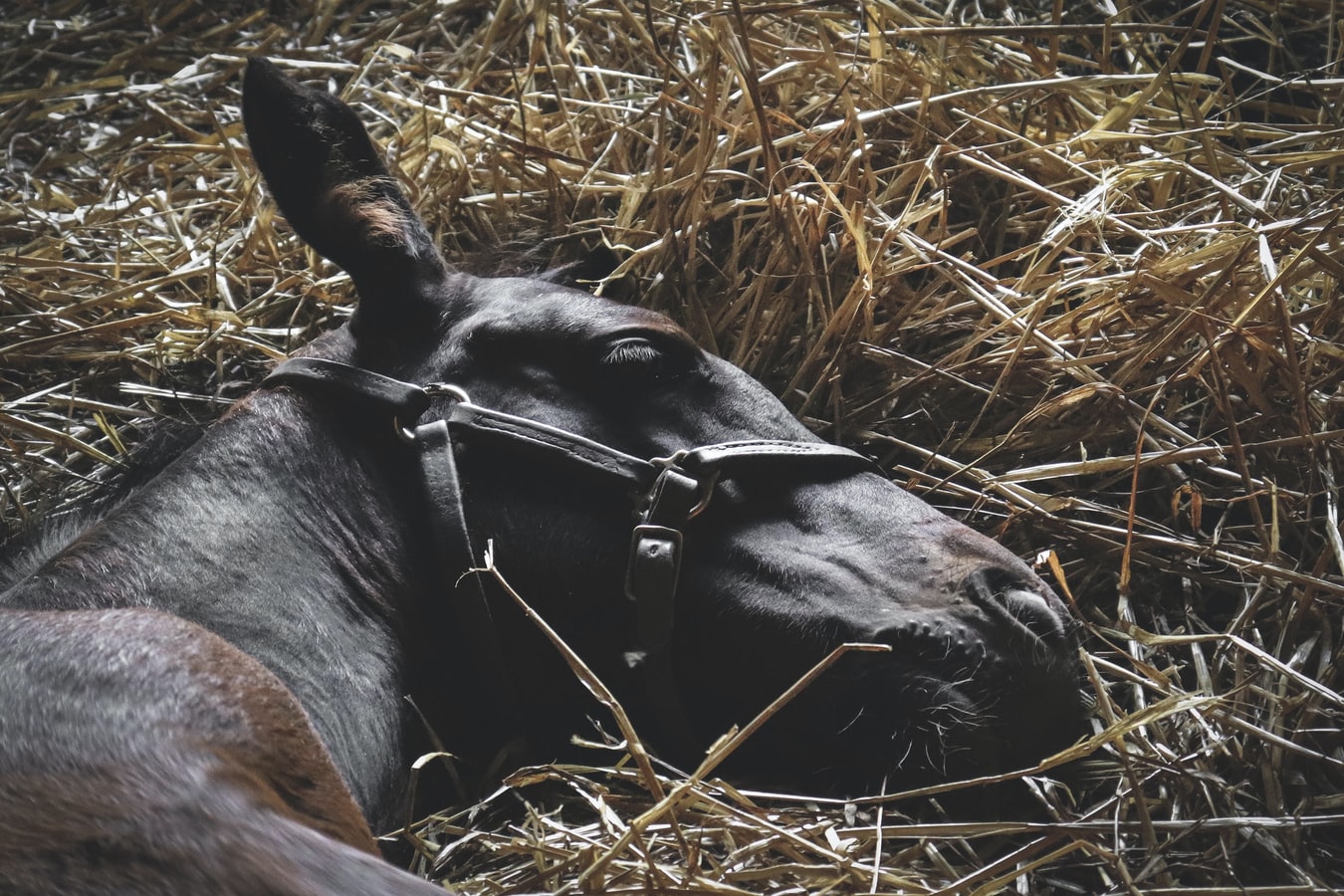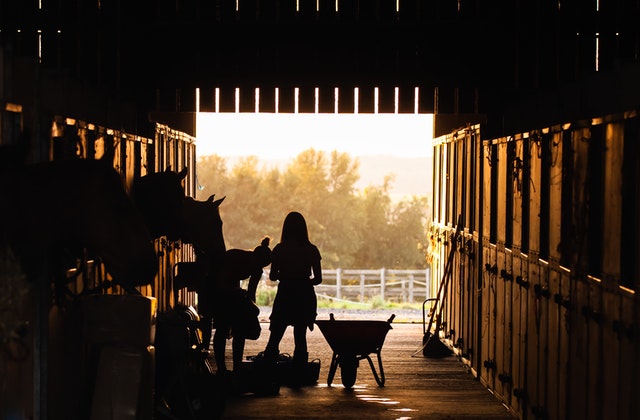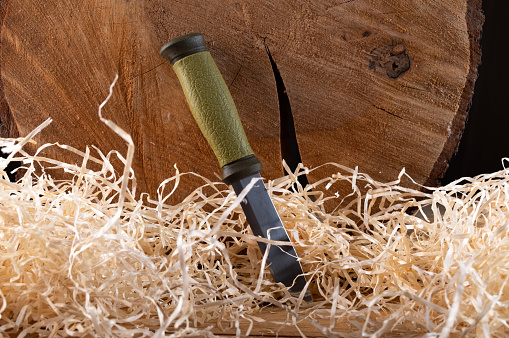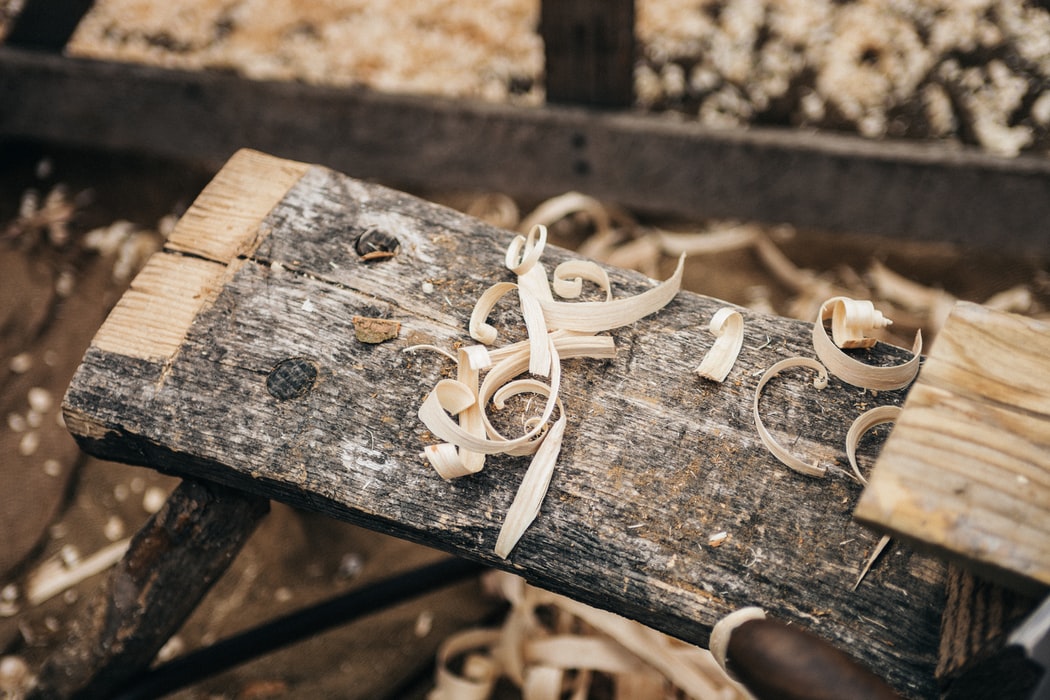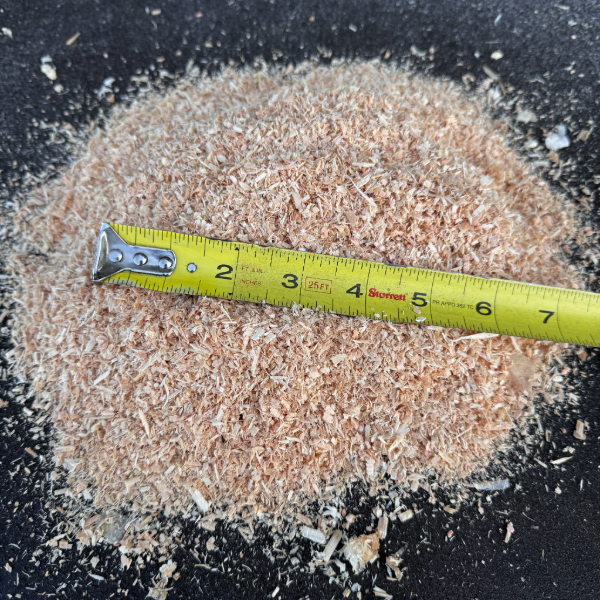Bedding is not meant to act solely as a floor covering for your animals. Bedding should also provide them comfort and cushioning to create a good resting place, protect them from the cold and drafts and absorb moisture to keep them dry. Ensuring they have plenty of clean, fresh and comfortable bedding is one way to maintain your animal’s health and hygiene.
Types of Animal Bedding
There are several types of bedding you can choose for your animals. Knowing the differences, benefits and disadvantages can help you identify the best choice. The following are types of animal bedding.
1. Straw
Straw, a soft, dry by-product of small grains, is the most used and versatile type of bedding. Straw is readily available, easy to handle, has excellent absorbency, is easy to compost and is unlikely to mold. If you decide to use straw as bedding, it’s essential to ensure that it isn’t palatable. Straw is best for goats, cows, horses, sheep and poultry.
2. Wood Shavings
Wood shavings (cedar shavings, pine shavings and aspen shavings) are a by-product of wood products. They come in different textures and are used for a variety of animals. Wood shavings are absorbent, easy to handle and clean up, have great odour control and are comfortable. They can be dusty and contain aromatic oils that can result in respiratory, urinary tract, gastrointestinal and skin disorders and other health problems in some animals. It’s also crucial to be cautious since some woods, like cherry trees, can be toxic. Wood shavings are suitable for goats, horses, sheep, cows and poultry.
3. Wood Pellets
Wood pellets are made from compacted wood waste. They are highly absorbent, with excellent odour control and a consistent texture. Wood pellets are also compostable, and easy to transport and store, making them a popular bedding option among farmers. As bedding, pellets are suitable for poultry, horses, pigs and hamsters.
4. Sawdust
Sawdust is another by-product of wood. It’s finer than wood shavings, highly absorbent and easy to handle and clean since it clumps when it gets wet. One thing to note is that sawdust adheres to animals’ coats creating soiled spots. It’s essential to pay more attention when using sawdust since it can transmit bacteria and cause health problems. Sawdust is suitable for poultry and goats.
5. Sand
Sand provides high levels of comfort for animals. Due to the texture of sand, animals can make it conform to their shape and create a great place to rest. As an inorganic material, sand transmits bacteria less than other materials. On the downside, it isn’t a good absorbent, can cause health problems when excrement builds up and isn’t easy to dispose of. Sand is suitable for cows and goats.
6. Wood Chips
Wood chips, another by-product of wood, are cheaper and require fewer layers. However, they are poor absorbents, are uncomfortable, create a damp environment that promotes bacterial growth and generates mildew and mold. It’s not advisable to use moist wood chips as bedding since they emit a colour that may stain the coat of the animals.
7. Newspaper
Shredded newspaper is a popular bedding option for animals. They are highly absorbent, sterile, long-lasting, environmentally friendly, weed and dust-free and decompose quickly. Newspaper bedding is suitable for sheep, cows and goats.
Different bedding materials are more suitable for different types of animals. Therefore, you must understand the available kinds of bedding and choose one that will keep your animals comfortable, clean and healthy.
Are you looking for Wood Shavings in the Fraser Valley?
If you’re looking for wood shavings in the Fraser Valley, contact us at Klassen Wood Co.
With over 55 years of experience, we offer high-quality wood shavings to cater to your animal bedding needs.
Call us today or visit our website to learn more about our products and shop online.

